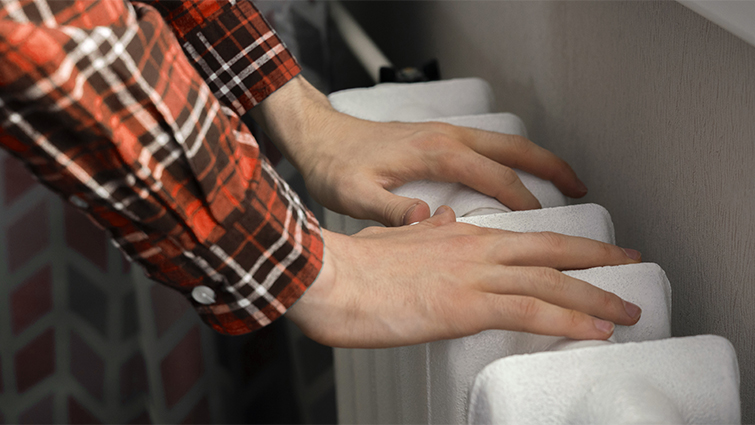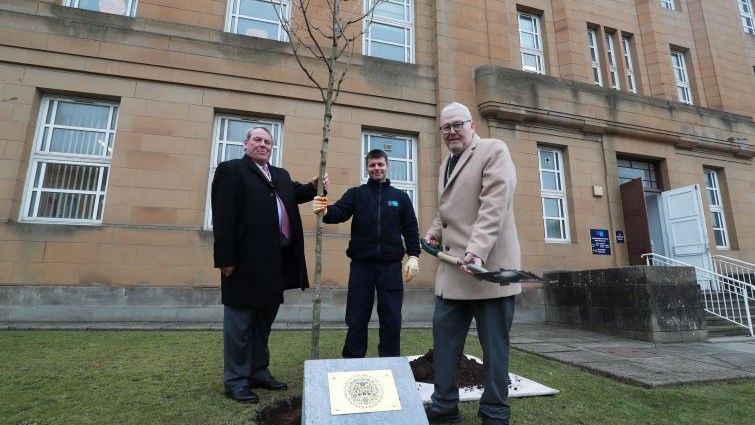Calls for emergency repairs increase due to cold weather
Published: Friday 16 December 2022

An unprecedented number of calls have been made for emergency repairs during the recent cold snap.
Over the past four days the council have responded to 582 requests to undertake emergency repairs, an average of 145 per day. This a 93% increase from the typical daily emergency repair request rate in 2022.
In response, the repairs team have been, and will continue to, prioritise emergency repairs.
Some households will require more than one visit as an immediate repair is not always possible. Support and advice to tenants will continue to be provided and repairs will be completed as soon as possible.
It also means the service will not be responding to non-emergency repairs for the foreseeable future and residents are asked to delay reporting them. They will deal with any backlog of non-emergency repairs in early 2023.
Over this weekend, it is anticipated there will be an increase in the number of calls linked to burst pipes.
In response, the number of employees working on Saturday and Sunday to deal with the calls has been increased substantially.
There is useful information on the Scottish Water website about how best to protect your pipes.
21 February 2025
Safety improvements to be made on A726
21 February 2025
Council objects to boundaries change for East Kilbride
20 February 2025
Free meals entitlement extended in primary schools
20 February 2025
Are you worried that an adult could be at risk of financial harm
19 February 2025
Council steps back from X social media platform
19 February 2025
Apply now for a garden waste permit
18 February 2025
Planting a fitting memorial to the King’s coronation
17 February 2025
Celebrating the impact of Family Support Hubs in South Lanarkshire
14 February 2025
Top award is won as young warriors battle waste
13 February 2025
Work underway to remove trees worst affected by ash die-back disease













